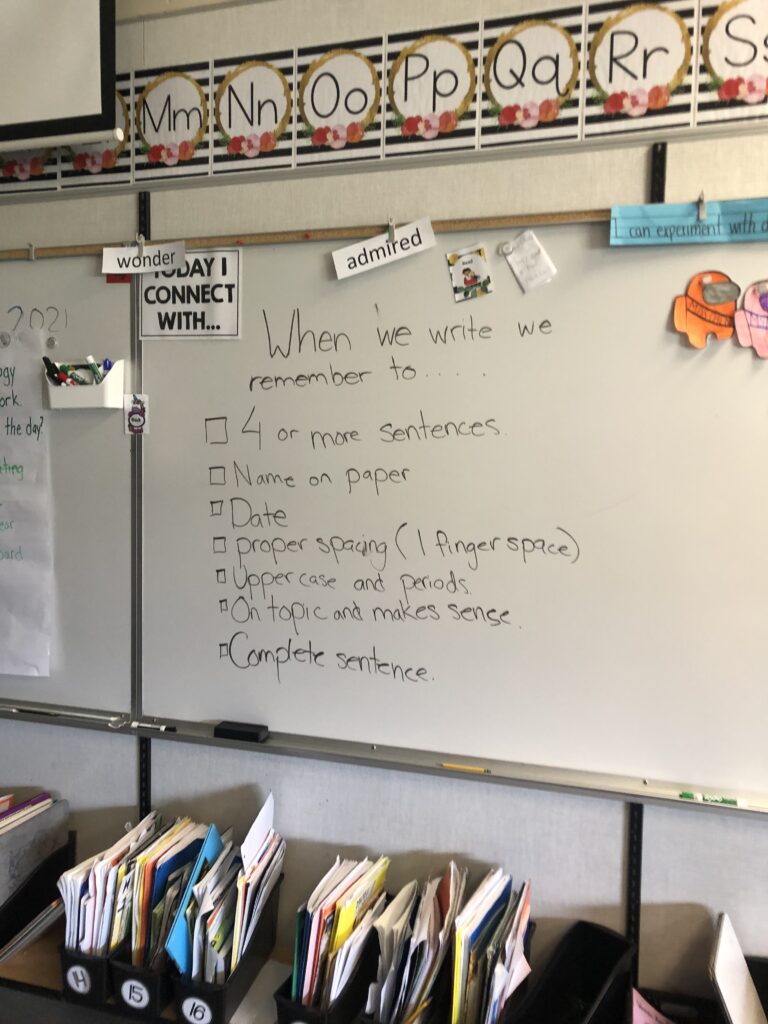This video is a ted talk from Kira Willey, she talks about how small bite size mindfulness practices like breathing can benefit students to help calm their bodies, become self aware and can help with self regulation. She addresses how it is not an intimidating thing to teach children where you need an abundant amount of sources. This is something we can teach students by starting small with a few deep breaths a day for a minute by using strategies like pretending to blow up a balloon or blowing your hot chocolate so it cools down.
The video requires the student to listen for 15 minutes about teaching mindfulness showing how this type of learning is student-material interaction. In the ted talk, she does do a few breathing strategies that the learner might automatically do when she mentions them. While watching this video, I found myself more aware of my breathing and how it helps me, so some students might do the same as me, or if some do not believe in mindfulness, they might be more reluctant to listen or have shorter breathes to contradict what Willey is mentioning. Some might follow along with the little activities that she mentions or take notes for what they think is important to them.
After the video, an activity I would get them to do is to reflect. This can be a student – teacher or student interaction through the activity that is planned. My Interactive group project is for preservice and service teacher, so I would have them think of a time in their class or future class where they think they would benefit with 1 minute of mindfulness with the students and the reason why they would insert the activity at the time they chose. If it was in person I could get the people to reflect out loud or on a piece of paper. For online, I would use an online on Padlet that everyone can access and insert their ideas so they not only have their own idea but can see others as well for collaboration. For feedback, I can respond to the people on their ideas or like the comment. With more people contributing, I think reading all would be more work for myself to keep feedback more frequently but I believe this can also allow students to get peer feedback and not just teacher feedback.
After watching the video feel free to contribute to the Padlet board!
